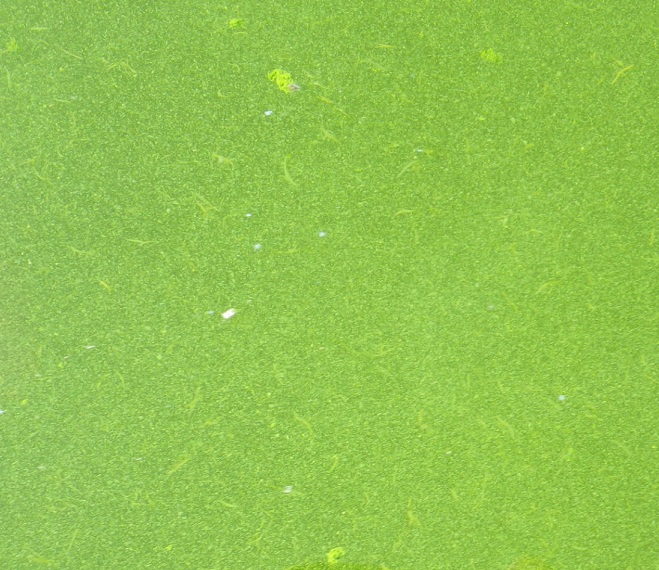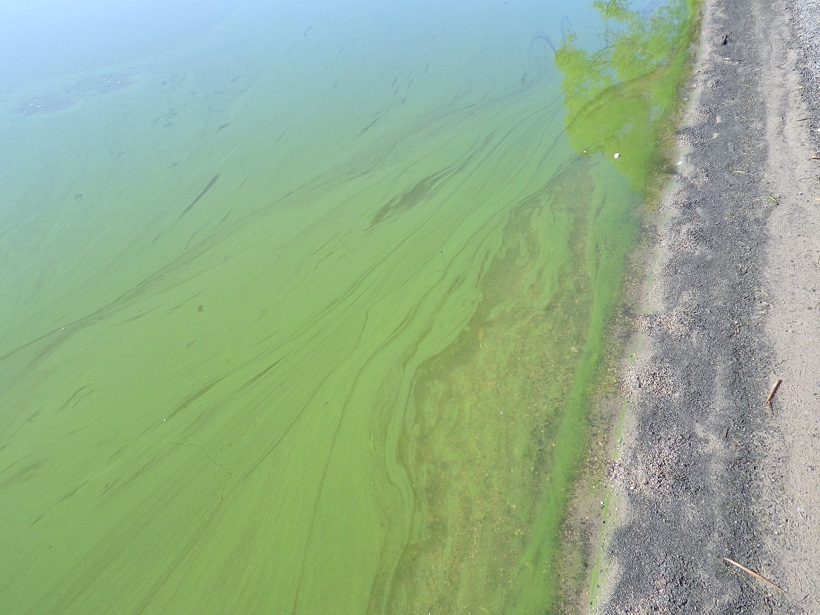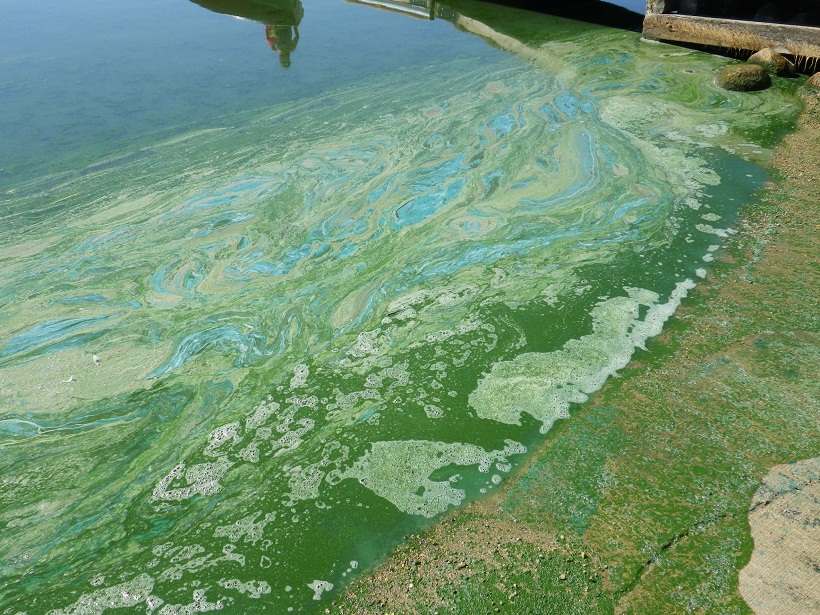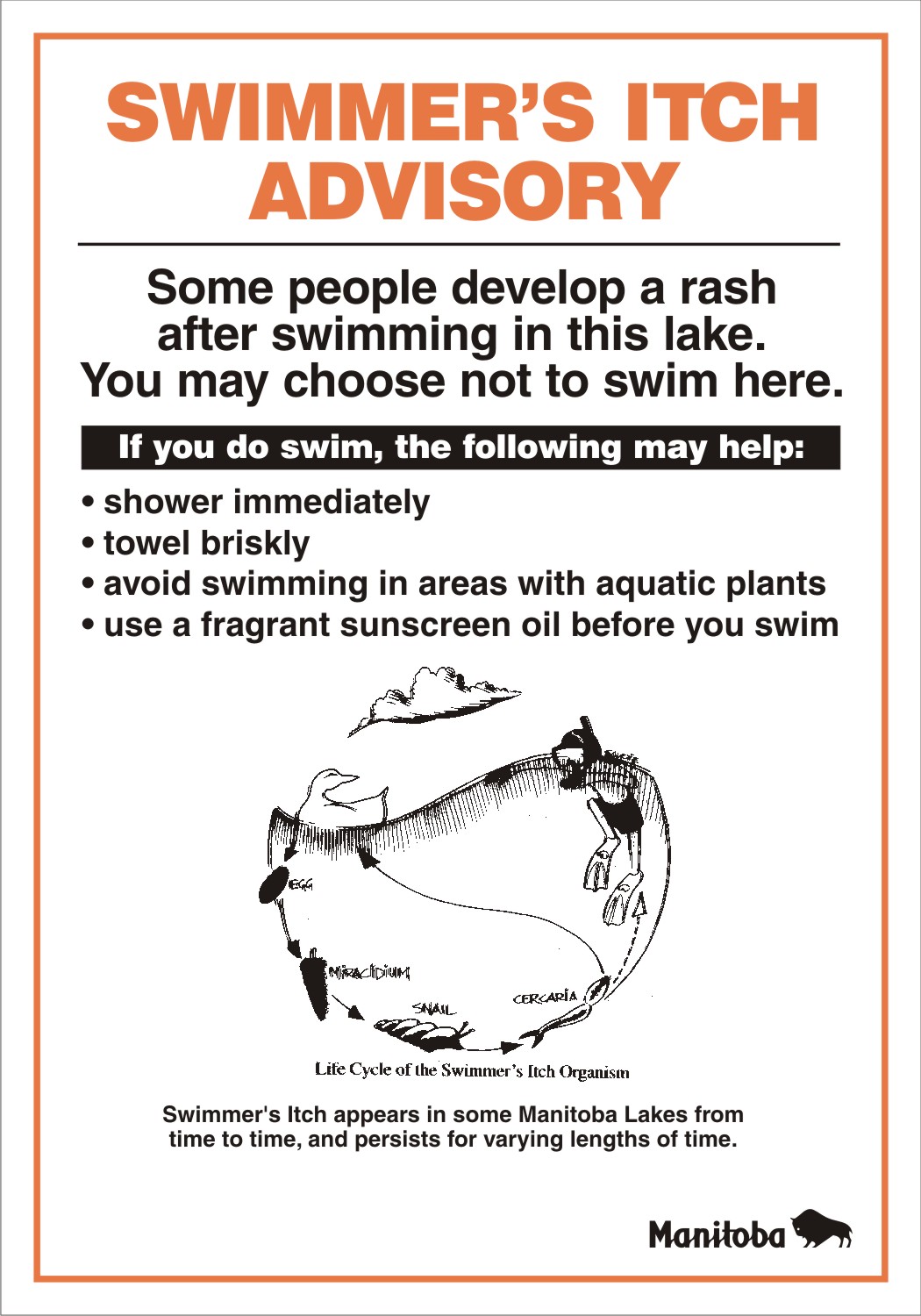Manitoba Beaches
Beach monitoring is complete for the 2024 season
While water quality at the beaches across Manitoba is excellent and safe for swimming, the following information on Escherichia coli and the Manitoba Clean Beaches Program, algae blooms and swimmer's itch can help protect our beaches and reduce health risks to you and your family.
Clean Beaches Program
Each summer, thousands of bathers enjoy Manitoba's refreshingly cool waters and fine sandy beaches. The Water Quality Management Section of Manitoba Environment and Climate Change, in conjunction with Manitoba Health, routinely monitor about 57 beaches across Manitoba each season. A large number of popular beaches are located within easy commuting distances from major population centres. Included are the many kilometres of beaches along both the east and west shores of Lake Winnipeg and beaches located in the Whiteshell Provincial Park. Many beaches are also located throughout other regions of Manitoba, and are associated with provincial campgrounds or privately owned facilities. Manitoba Provincial Parks also have an abundance of beautiful beaches. Spend time at these popular spots and savour a sunny summer tradition.
Manitoba Environment and Climate Change, in conjunction with Manitoba Health, has developed the Manitoba Clean Beaches Program to provide valuable information to you and your family on how to protect our beautiful beaches and reduce health risks. Water quality at beaches can be affected by both man-made pollutants and natural characteristics. Many jurisdictions, including Canada and Manitoba, have recreational water quality objectives in place to protect public health and to ensure pleasant bathing experiences.
The Manitoba Clean Beaches Program includes the following components:
- Information brochures on how bathers can protect the beach and themselves.
- Information signage at the major beaches in Manitoba.
- Focused research to identify sources of E. coli contributed to Lake Winnipeg.
- Continued monitoring of Manitoba's beaches and reporting of results.
Protect the Beach
The following beach hygiene tips will help keep our beaches clean:
- Please don't feed the shore birds. Gulls can quickly become accustomed to eating and residing on the beach.
- Don't litter or discard food on the beach. Dispose of trash in proper receptacles.
- Clean up after your pets. Pets are not allowed on provincial park beaches and on most beaches in rural municipalities.
- Change diapered children frequently and away from the water's edge.
- Never bury waste in the sand.
Escherichia coli (E. coli)
Escherichia coli or E. coli is a bacteria found in large numbers in all warm-blooded animals including humans, livestock, wildlife, and birds. Escherichia coli itself does not generally cause illness, but when it is present in large numbers, the risk of becoming ill from other organisms is elevated. The most common illnesses contracted by bathers are infections of the eyes, ears, nose, and throat as well as stomach upsets. Typical symptoms include mild fever, vomiting, diarrhea and stomach cramps.
Extensive studies were undertaken by in 2003 to determine the source of occasionally high E. coli counts and the mechanism of transfer to Lake Winnipeg beaches. Studies have shown that large numbers of E. coli are present in the wet sand of beaches. During some periods of high winds when water levels are rising in the south basin, these bacteria can be washed out of the sand and into the swimming area of the lake. Research has shown that less than 10 percent of the E. coli at Lake Winnipeg beaches is from human sources, with the remaining numbers being from birds and animals. Study results significantly enhance the present understanding of water quality in Lake Winnipeg and are available in an interim report.
Manitoba Environment and Climate Change, in conjunction with Manitoba Health, monitor about 57 beaches across the province for densities of E. coli to assess the risk of illness to bathers. Monitoring typically begins in June and continues at most beaches until the end of August. Frequency of sampling is determined based on recreational intensity, historic bacteria data, or in support of special projects.
Manitoba's recreational water quality objective for E. coli is 200 E. coli per 100mL of sample (Water Science and Management Branch, 2011). Below 200 E. coli per 100mL recreational activities are considered safe. Above 200 E. coli per 100mL a yellow advisory sign is posted warning swimmers that elevated bacteria counts have been observed this season and precautions beach users should follow to reduce the risk of illness. Once E. coli exceeds the recreational water quality objective, the advisory sign will remain posted for the duration of the beach season.
Algal Blooms and Toxins
Algae are plant-like organisms that do not have stems, roots or leaves and range extensively in size and shape, from microscopic single cell organisms to giant seaweed several meters long. Algae are actually a sign of a healthy lake since they provide food and oxygen for many aquatic life forms. However, too much algae will form floating clumps or scums and can cause water quality problems for drinking water and recreation. During bloom conditions, the water sometimes looks like thick pea soup and may emit a strong, unpleasant odour.
Algal blooms are caused in part by excess concentrations of the plant nutrients nitrogen and phosphorus. Warm and calm weather coupled with relatively high nutrient loads create ideal conditions for algal bloom development. Prevention is the preferred method for control of algae in surface waters. The most effective long-term control is to minimize the quantity of nitrogen and phosphorus entering the water. Virtually all human activities contribute nutrients to surface water and therefore, we all need to work together to reduce nutrient loading to lakes, rivers and streams. To learn more about what you can do to reduce nutrient loading, visit our Lake Winnipeg website.
Cyanobacteria is the scientific name for blue-green algae. Cyanobacteria can be blue, green or brown in colour and they range extensively in size and shape. Cyanobacteria are a concern because some species have the potential to produce toxins that can be dangerous to people, pets, and livestock.
 |
 |
 |
 |
Photos: far left Aphanizomenon, a genus of cyanobacteria that looks similar to grass clippings. Photos from left to right show stages of a typical cyanobacteria algal bloom.
Manitoba Environment and Climate Change monitors about 57 beaches across the province for the presence of algal blooms. Algae samples are also collected from other water bodies in response to calls from members of the public, regional staff and other partners. Algae samples are only collected when an algae bloom is present.
Manitoba's recreational water quality objective for total cyanobacterial cell count is 100,000 cells per mL (Water Science and Management Branch, 2011). Below 100,000 cells per mL recreational activities are considered safe. Above 100,000 cells per mL a first level algal advisory sign is posted that cautions bathers to avoid swimming or other contact with the water when blooms are present. Once an algal bloom has been observed at a given beach, the first level advisory sign remains posted for the remainder of the beach season.
Microcystin is an algal toxin produced by some species of cyanobacteria that can be harmful to the liver or nervous system if large amounts of water are swallowed. Not all algae produce toxins. Manitoba's recreational water quality objective for microcystin is 20 μg/L (Water Science and Management Branch, 2011). When microcystin concentrations exceed 20 μg/L a second level algal toxin advisory sign is posted that indicates swimming, drinking or any contact with the water is not recommended. The second level algal toxin advisory sign remains posted until the concentration of microcystin returns below 20 μg/L .
In the absence of a severe algal bloom, recreational activities are considered safe. However, if large amounts of green scum are visible in the water, it is advisable to:
- Avoid swimming or other contact with the water;
- Do not drink the water, boiling or chlorination will not make the water safe;
- Prevent pets and livestock from drinking along the shoreline;
- Do not eat fish from the lake that appear unhealthy.
What are the most recent cyanobacteria cell counts and concentration of microcystin at my beach?
Swimmer's Itch
Swimmer's Itch
The swimmer's itch parasite is naturally found in many Manitoba lakes. It causes a temporary skin irritation or rash in swimmers who come in contact with the parasite. As water droplets evaporate from the skin, the tiny parasitic larvae enters a swimmer's pores and dies, leaving an itchy elevated red spot that may last from four to fourteen days. The allergic reaction to swimmer's itch can be extremely annoying but it is not dangerous and will not spread. However, scratching the itch could cause infection.
The first signs of swimmer's itch are noticeable soon after you get out of the water. Once dry, you will detect tingling sensations on exposed parts of your body. The next sign is the development of small red spots where the organism has penetrated through your skin. Hours later, the tingling sensation will cease and the red spots will enlarge and become itchy. The degree of discomfort varies with the individual, the severity of the infestation, and prior exposure. If these symptoms develop, anti-itch medications, such as lotions and some antihistamines, will help relieve them. Your family physician or pharmacist can recommend the best treatment. Brochures that provide information on swimmers itch are also available.
Swimmer's Itch Posting
| Confirmed Waterbodies | Date |
| Lac du Bonnet Beach | August 21, 2024 |

Advisory Signs
Advisory Signs:
Swimmers at beaches should also watch for advisory signs.
Yellow advisory signs let swimmers know that elevated bacteria counts have exceeded Manitoba's recreational water quality objective of 200 E. coli per 100mL this season (Water Science and Management Branch, 2011). Elevated bacteria densities usually last for short periods of time. Although most swimmers are not expected to become ill, the possibility of illness increases with elevated bacterial densities. To reduce your risk of illness, the following precautions are recommended:
- Avoid swallowing lake water.
- Wash your hands before handling food.
- Avoid swimming with an open cut or wound, or if you are experiencing illness.
- On Lake Winnipeg, minimize water contact if lake levels are high and strong winds are blowing from the north.
Advisory Signs are Posted at the Following Beaches
| Beaches | Advisory Sign | Date Advisory Posted |
September 4, 2024 |
||
September 4, 2024 |
||
September 4, 2024 |
||
September 3, 2024 |
||
August 26, 2024 |
||
August 26, 2024 |
||
August 7, 2024 |
||
July 15, 2024 |
||
July 8, 2024 |
||
July 8, 2024 |
||
July 3, 2024 |
||
June 25, 2024 |
||
June 18, 2024 |
||
June 3, 2024 |
||
June 3, 2024 |
||
Red signs let swimmers know that swimming is not recommended. Typically this sign is posted as a result of an emergency situation, such as a sewage spill.
Algae advisory signs let swimmers know that blue-green algae or cyanobacteria have exceeded Manitoba's recreational water quality objective for cyanobacterial cell count of 100,000 cells per mL this season ( Water Science and Management Branch, 2011).
Algae Advisory Signs are Posted at the Following Beaches
| Beaches | Advisory Sign | Date Advisory Posted |
August 19, 2024 |
||
August 15, 2024 |
||
August 13, 2024 |
||
August 13, 2024 |
||
August 7, 2024 |
||
August 6, 2024 |
||
August 6, 2024 |
||
August 6, 2024 |
||
July 30, 2024 |
||
July 30, 2024 |
||
July 30, 2024 |
||
July 29, 2024 |
||
July 24, 2024 |
||
July 9, 2024 |
Algae toxin signs let swimmers know that the algal toxin microcystin has exceeded Manitoba's recreational water quality objective of 20 μg/L, and that drinking, swimming or other contact with the water is not recommended ( Water Science and Management Branch, 2011).
Algae Toxin Advisory Signs are Posted at the Following Beaches
| Beaches | Advisory Sign | Date Advisory Posted |
| ---- None at this time ---- | ||
Email or call us at:
Water Quality Management Section
Tel: (204) 945-0002
Fax: (204) 948-2357
Toll Free: 1-800-282-8069 (ext. 0002)





